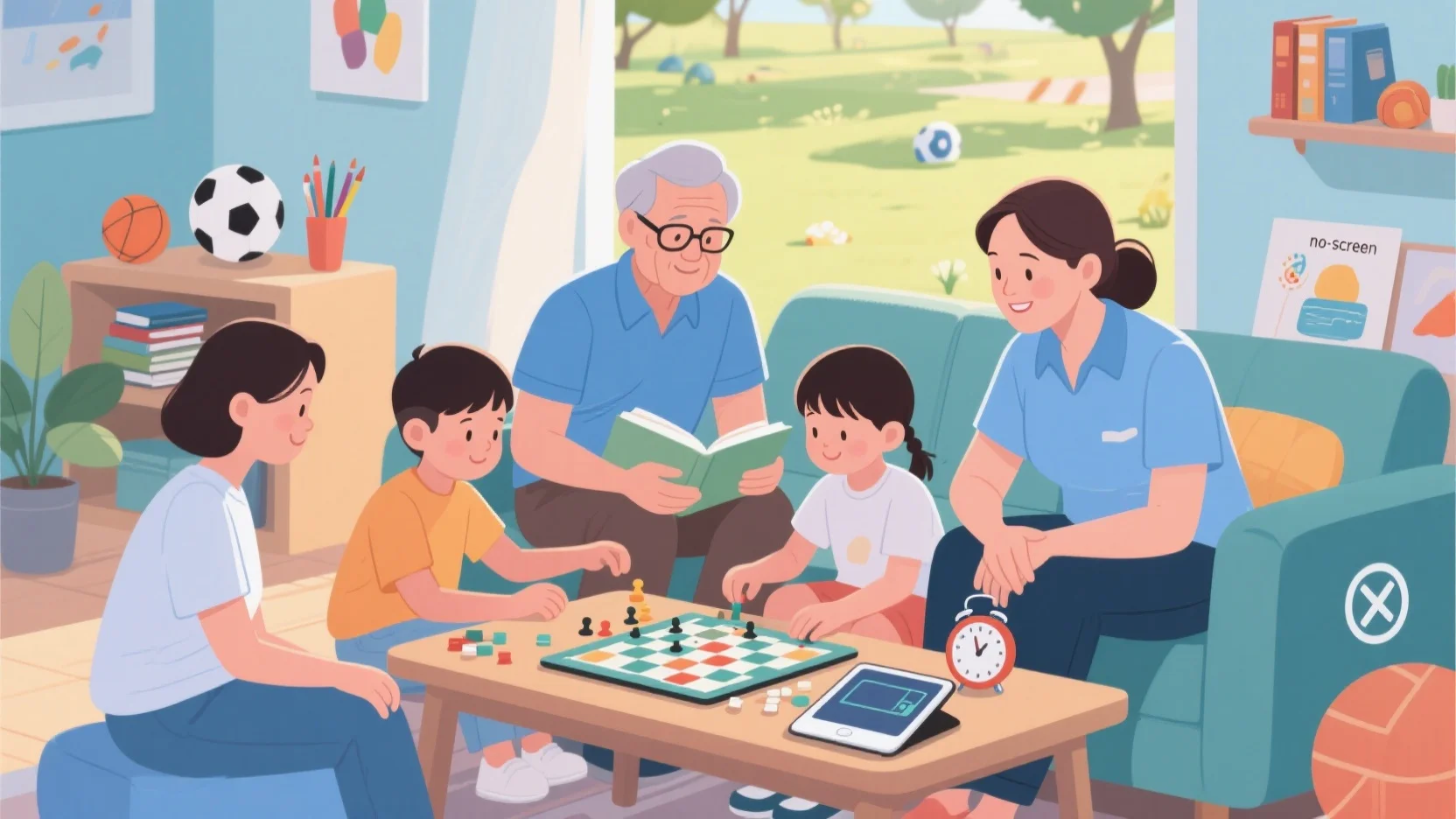Stimulating shows — with fast-paced editing, bright colors, loud sound effects, and nonstop action — are increasingly popular, but they may not be the best choice for young viewers. These programs can have a negative impact on children’s behavior, attention span, and sleep quality.
How Stimulating Shows Affect Kids
| Effect | Description |
|---|---|
| Attention Span | Fast-paced content may shorten children’s attention span, making it harder for them to focus on slower, real-world tasks. |
| Behavioral Changes | Overstimulation can lead to irritability, restlessness, or increased tantrums, especially in toddlers and preschoolers. |
| Sleep Disruption | Watching high-energy shows, especially before bed, can interfere with a child’s ability to fall and stay asleep. |
| Reduced Imagination | Constant visual stimulation may limit opportunities for imaginative play and creative thinking. |
| Emotional Regulation | Rapid scene changes and intense content may overwhelm young children’s still-developing emotional processing skills. |
What Makes a Show Overstimulating?
Signs of overstimulating shows include:
- Quick camera cuts and flashing lights
- Loud background music or sound effects
- Characters that speak very fast or shout
- Constant action with little downtime
- Visuals that are hyper-realistic or surreal
Popular examples include some cartoons with exaggerated expressions or shows that rely heavily on slapstick humor and fast pacing.
Better Alternatives for Kids
Instead of overly stimulating content, consider shows that:
- Use slower pacing and calm narration
- Focus on real-life scenarios or educational themes
- Encourage empathy, problem-solving, or creativity
- Offer quiet moments and natural conversation
Some recommended titles include:
- Bluey
- Daniel Tiger’s Neighborhood
- Puffin Rock
- Mister Rogers’ Neighborhood
- If You Give a Mouse a Cookie
Conclusion
While stimulating shows may be entertaining in the moment, they can negatively affect a child’s behavior, focus, and sleep. Parents and caregivers can support healthier screen habits by choosing slower-paced, age-appropriate programs and limiting screen time before bed.








